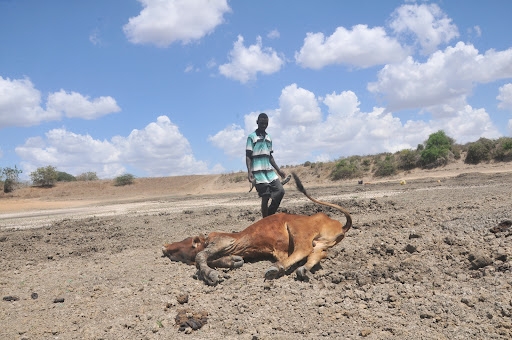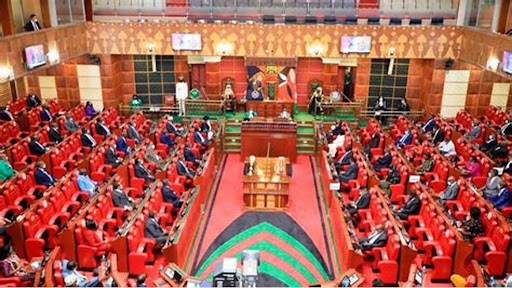Unbridled exploitation of cheap, polluting fossil fuels has created unprecedented global economic expansion and material prosperity. Global GDP is estimated at $85 trillion.
The three largest economies, the United States of America, China and Japan, which account for about 46 per cent of global GDP, also happen to be at the top of the global league table of polluters. The three countries account for nearly 48 per cent of global greenhouse gas emissions.
Since the advent of the Industrial Revolution, global wealth and prosperity have been inextricably bound with the harvesting and utilisation of fossil fuels.
China has achieved what by any standards is an economic miracle since the beginning of the 21st Century when it lifted hundreds of millions out of poverty. According to China’s Communist Party official statistics, 100 million people were lifted out of poverty between 2012 and 2021.
It is instructive to note that China’s carbon emissions per capita increased by a whopping 281 per cent between 2000 and 2021. The more you pollute the more you grow and prosper. Every tonne of carbon is worth its weight in GDP.
As China’s per capita greenhouse gas emissions exploded, hundreds of millions of Chinese got a toehold on the ladder of prosperity and climbed out of poverty. It is an economic miracle that developing countries around the world seek to emulate.
Somehow, countries can pollute their way out of poverty. Leaders of major African and Asian countries, for example Kenya, Tanzania and Pakistan, are enamoured by and seek to replicate China’s fossil-fuel-powered growth that is heavily reliant on the export of manufactured goods.
Now that the dust has settled on the COP26 debacle, the global community needs to focus on in earnest on the practical realities of limiting global temperature rise to 1.5 degrees Celsius. To achieve this singular and existential goal we need to look beyond China as the largest, most scary polluter. As a matter of fact, China is now wealthy enough to finance a robust green economic growth model.
The grave worry should be the dozen countries on the cusp of massive economic expansion. These countries include Bangladesh, Egypt, Ethiopia, India, Indonesia, Pakistan, Turkey, South Africa, Nigeria, Tanzania and Vietnam.
All these countries also have large populations and at the current GDP levels cannot afford to invest in or pay for technologies that would launch them on a green, decarbonised growth pathway. It also happens that these countries will suffer the most devastating impacts of climate change such as heatwaves, floods, hunger and conflict because they have the least resources for adaptation and or mitigation.
The unvarnished, reality is that industrialised countries led by the G7, collectively, have an obligation to forestall the next China-like surge in greenhouse gas emissions from carbon-intensive growth and poverty eradication strategies.
Led by the G7, wealthy nations must provide finance, policy and technology support to enable emerging economies to transition to low-carbon development pathways. This is not some CSR ploy. It is an ethical and moral obligation of the G7. And time is of the essence.
The views expressed are the writer’s
















